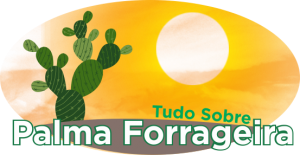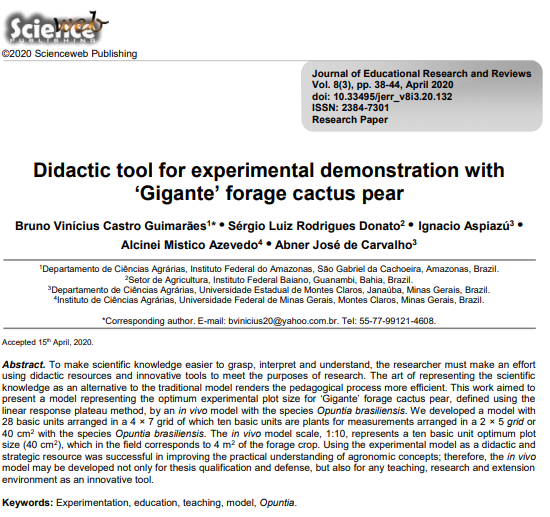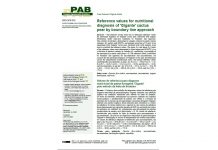To make scientific knowledge easier to grasp, interpret and understand, the researcher must make an effort using didactic resources and innovative tools to meet the purposes of research. The art of representing the scientific knowledge as an alternative to the traditional model renders the pedagogical process more efficient. This work aimed to present a model representing the optimum experimental plot size for ‘Gigante’ forage cactus pear, defined using the linear response plateau method, by an in vivo model with the species Opuntia brasiliensis. We developed a model with 28 basic units arranged in a 4 × 7 grid of which ten basic units are plants for measurements arranged in a 2 × 5 grid or 40 cm2 with the species Opuntia brasiliensis. The in vivo model scale, 1:10, represents a ten basic unit optimum plot size (40 cm2), which in the field corresponds to 4 m2 of the forage crop. Using the experimental model as a didactic and strategic resource was successful in improving the practical understanding of agronomic concepts; therefore, the in vivo model may be developed not only for thesis qualification and defense, but also for any teaching, research and extension environment as an innovative tool.
Keywords: Experimentation, education, teaching, model, Opuntia.





